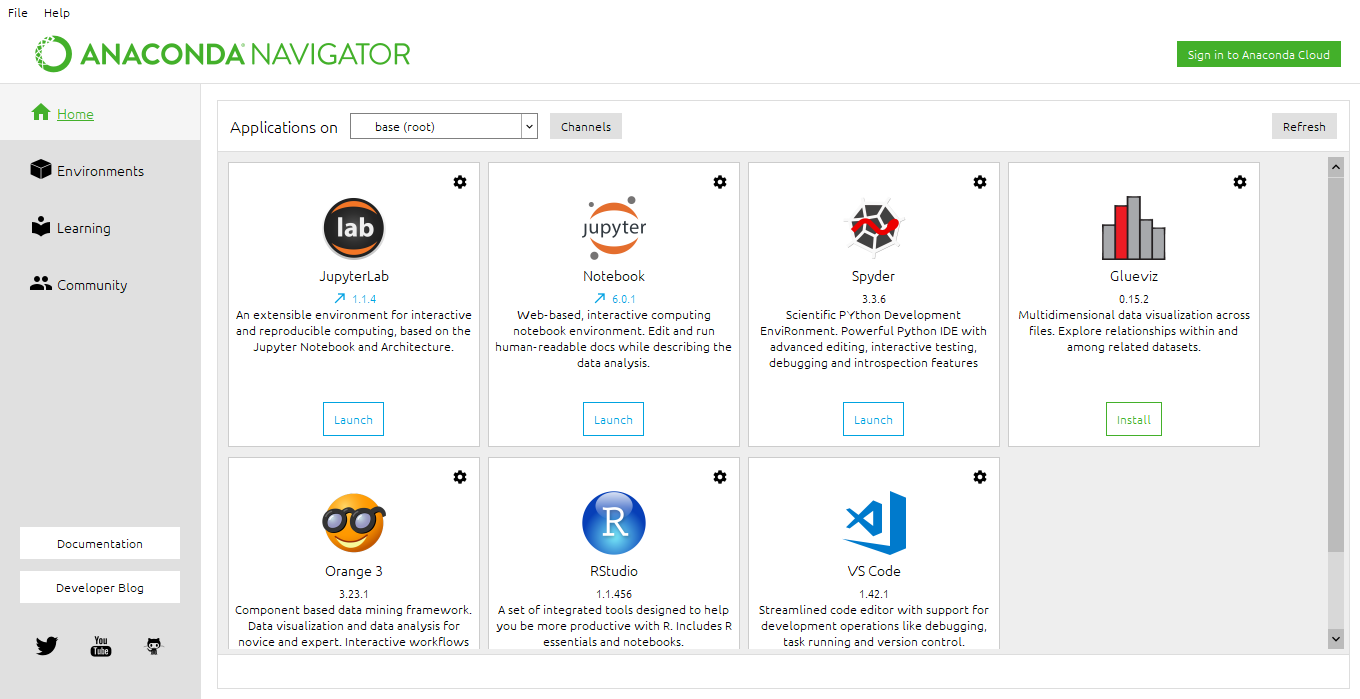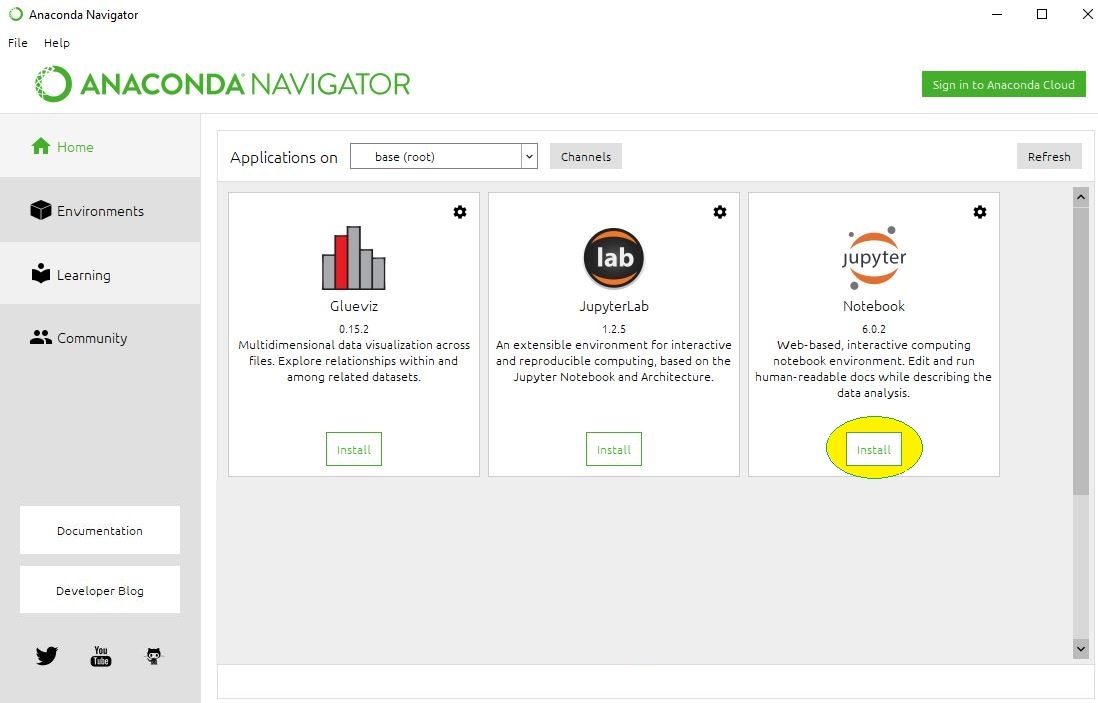

Check the checkbox of theĭesired revision point and press the “OK” button. NOTE: By default, your new Jupyter Notebook is saved in the related project directory. You will be able to switch between Python, R language and any other custom kernels in the notebook as you work in your notebook.Root is managed by your Administrator.You can customize them, install and delete additional packages.


From the Files tab, create a new notebook by clicking the top right New button, then select the kernel you want to use. Open any example notebook to play with it and see how it works. The examples folder contains several types of notebook examples in Python and one in R language. TIP: You can see and manage the same file list in the Terminal, Workbench, and Viewer apps. This brings you to the Jupyter Notebooks Files tab: On the project’s home page, click the Jupyter Notebooks icon. To open the Jupyter Notebook application, from your user home page, select the project you want to manage. On using the notebook extensions included in AEN.

This page includes a brief introduction to Jupyter Notebooks for AEN users, and information Official Jupyter Notebook user instructions are located in the Jupyter documentation. Integration with Anaconda Cloud, easy management of conda environmentsĪnd packages from a conda tab within the notebook, easy notebook presentations and more.
#ANACONDA INSTALL JUPYTER NOTEBOOK EXTENSIONS PLUS#
Plus some extensions to make them even more useful. Notebooks can run many other kernel/languages.Īnaconda Enterprise Notebooks 4.1 uses Jupyter notebook 4.2.3, NOTE: Python and R language are included by default, and with customization the Once saved, these files may easily be shared with others. The Jupyter Notebook Application allows the creation and editing ofĭocuments that display the input and output of a Python or R language script. Finally, I also deleted the chromium and mozilla cache (by deleting the folders in the ~/.cache directory) multiple times while trying this.Jupyter Notebook Application (AEN 4.1.1) ¶ The extension is enabled in the ~/.jupyter/nbconfig/notebook.json file. I have confirmed that the files copied to both /usr/local/share/jupyter/nbextensions/python-markdown and ~/.local/share/jupyter/nbextensions/python-markdown. I also tried this as the superuser without the parameter user=True. Notebook.install_nbextension('python-markdown',user=True)Į=() I ran these commands as superuser as well.Īfter this failed I installed this extension inside python (from the usability/ directory of the repository) using: import notebook I then enabled the extension with jupyter-nbextension enable python-markdown. To detail my installation method: I cloned the git repository and used the command jupyter-nbextension install python-markdown inside the IPython-notebook-extensions/usability/ folder. Htt://localhost:8888/nbextensions/python-markdown.js?v=20150904070147įailed to load resource: the server responded with a status of 404 Referer=htt://localhost:8888/notebooks/Untitled.ipynb Notice that I cannot post this question with this many hyperlinks so I remove the "p" from "http" in my error messages. The first error is from the jupyter notebook app running in a terminal and the second error is in the chrome java console. I have followed all of the documentation that I can find online to install notebook extensions but they fail to load with the error messages listed below. I installed jupyter notebooks using conda. I am running Ubuntu 14.04 in virtual box with a recent anaconda install.


 0 kommentar(er)
0 kommentar(er)
